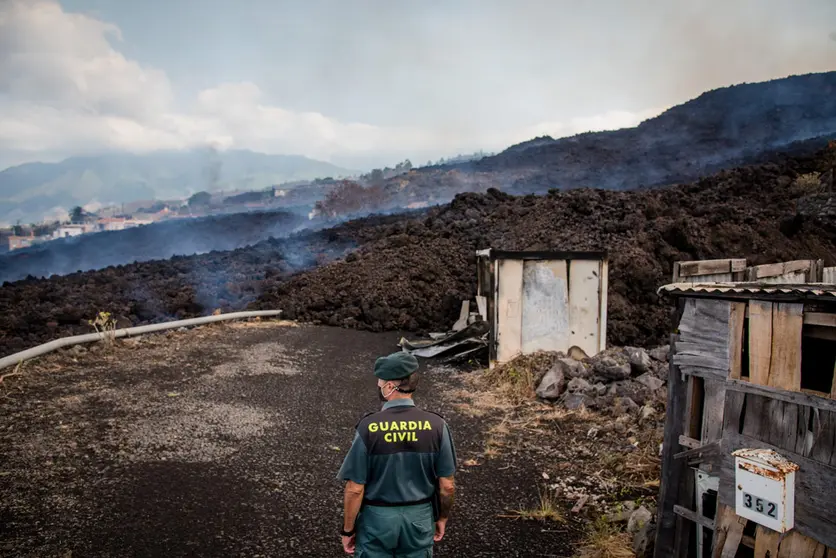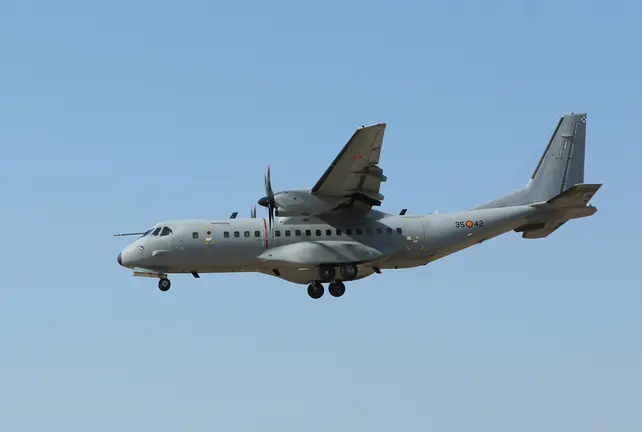On the volcanic island of La Palma, lava with a temperature of around 1,000 degrees Celsius is burying one house after another on its way to the sea.
The affected residents continued to desperately try to save the most important parts of their household goods on Wednesday, state television station RTVE reported.
In the town of Todoque, mementos, clothes, furniture, bicycles, mattresses, everything that was not nailed down was loaded onto trucks. On top of the belongings sat crying people who had to leave their homes forever.
"The most important thing is documents of ownership, because they will ask us for them later when there is nothing left here," said one resident. There were no further reports of injuries.
The volcano in Cumbre Vieja in the south of the Canary island, which erupted on Sunday for the first time in 50 years, granted people at least a small reprieve, as the lava flows were advancing ever more slowly.
Whereas the lava mass, several metres high, initially rolled downhill towards the sea at 700 metres per hour, by Wednesday it was only 200 metres.
So far, at least 200 homes have been completely destroyed and many others severely damaged. The head of the regional government, Angel Victor Torres, estimated the damage, including destroyed plantations and infrastructure, at "certainly more than 400 million euros [470 million dollars]."
It was still unclear when the lava would reach the coast. The authorities then expect toxic fumes to be produced when the lava comes into contact with the salty seawater.
No mass tourism
However, a wind from the north-east was driving the smoke and ash out into the Atlantic, where 75 kilometres away the smaller island of El Hierro, with a population of about 11,000, is located.
La Palma is located in the far north-west of the Canaries, a group of islands of volcanic origin in the Atlantic Ocean off the west coast of Africa.
It is 85 kilometres from the nearest larger island, Tenerife, which is also very popular with German tourists, and 57 kilometres from La Gomera.
There is no mass tourism on La Palma like on the better-known Canary islands of Tenerife, Gran Canaria, Fuerteventura and Lanzarote.










